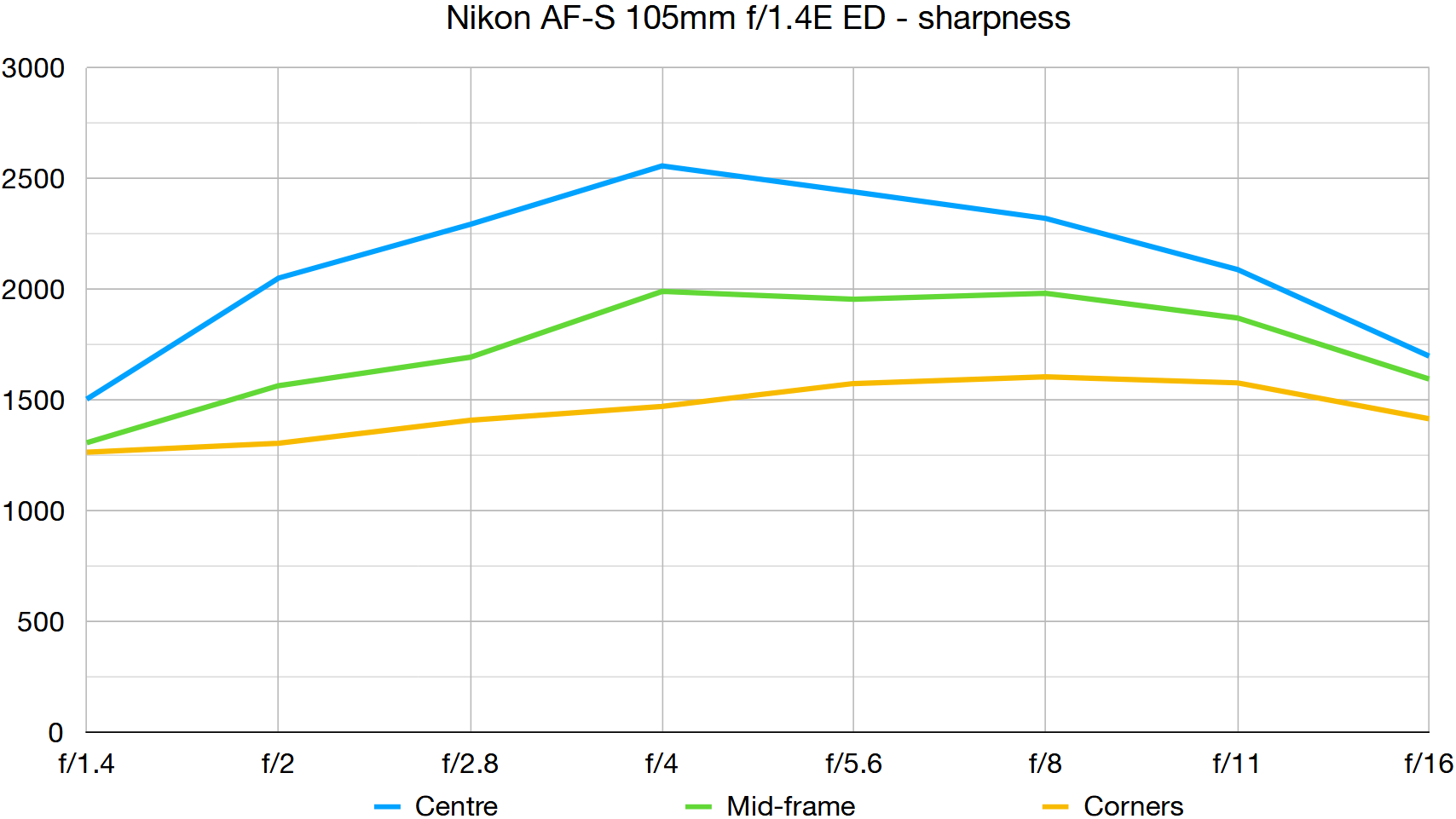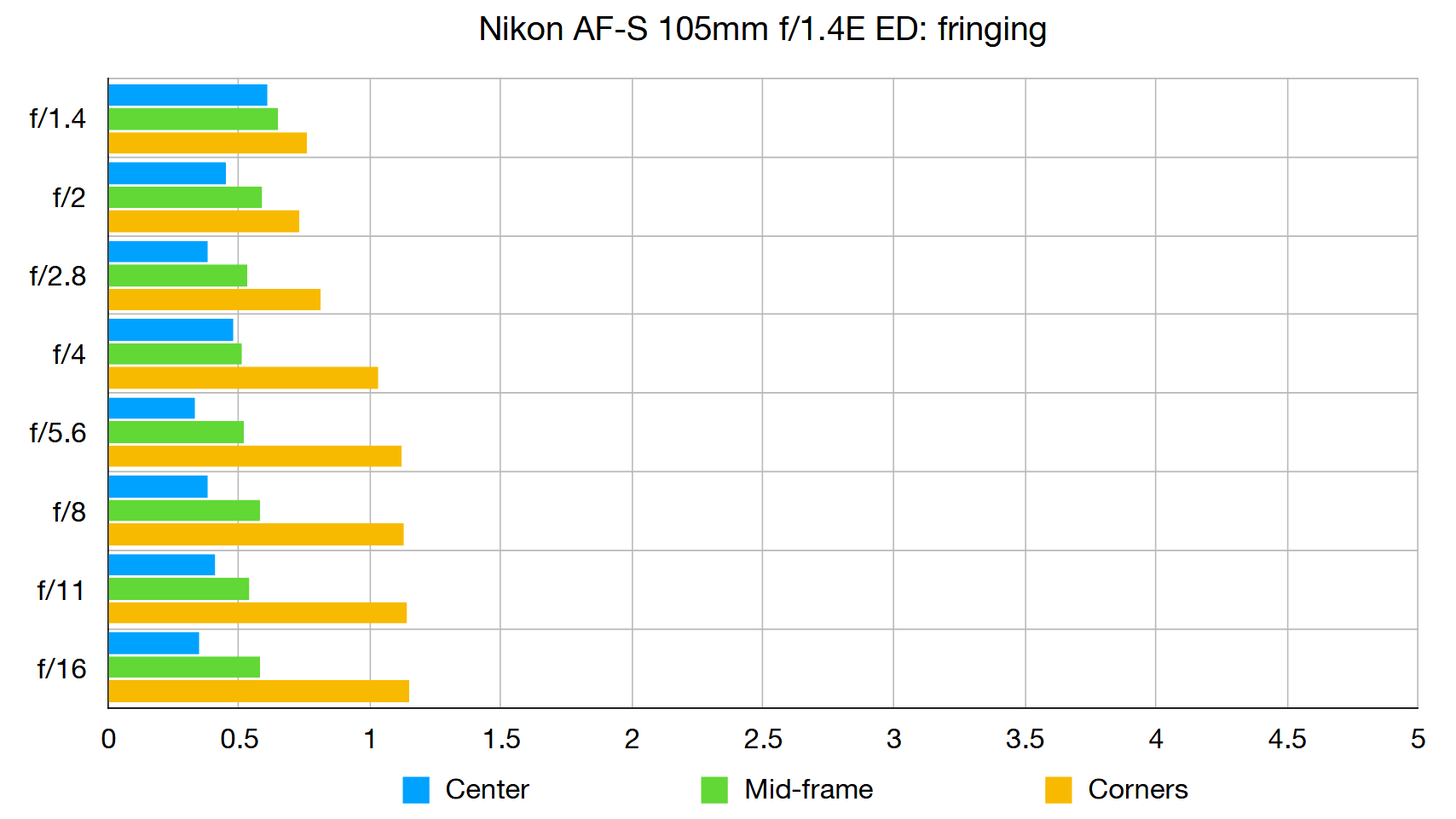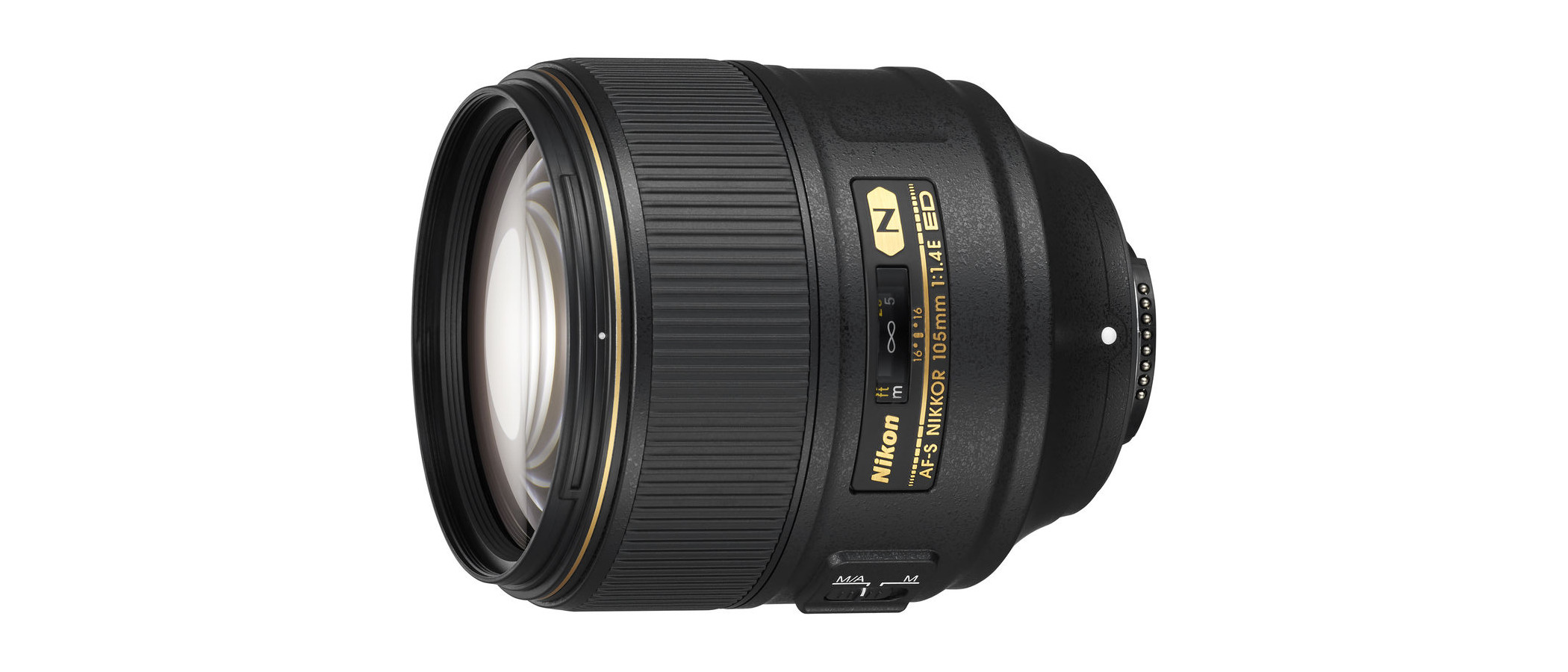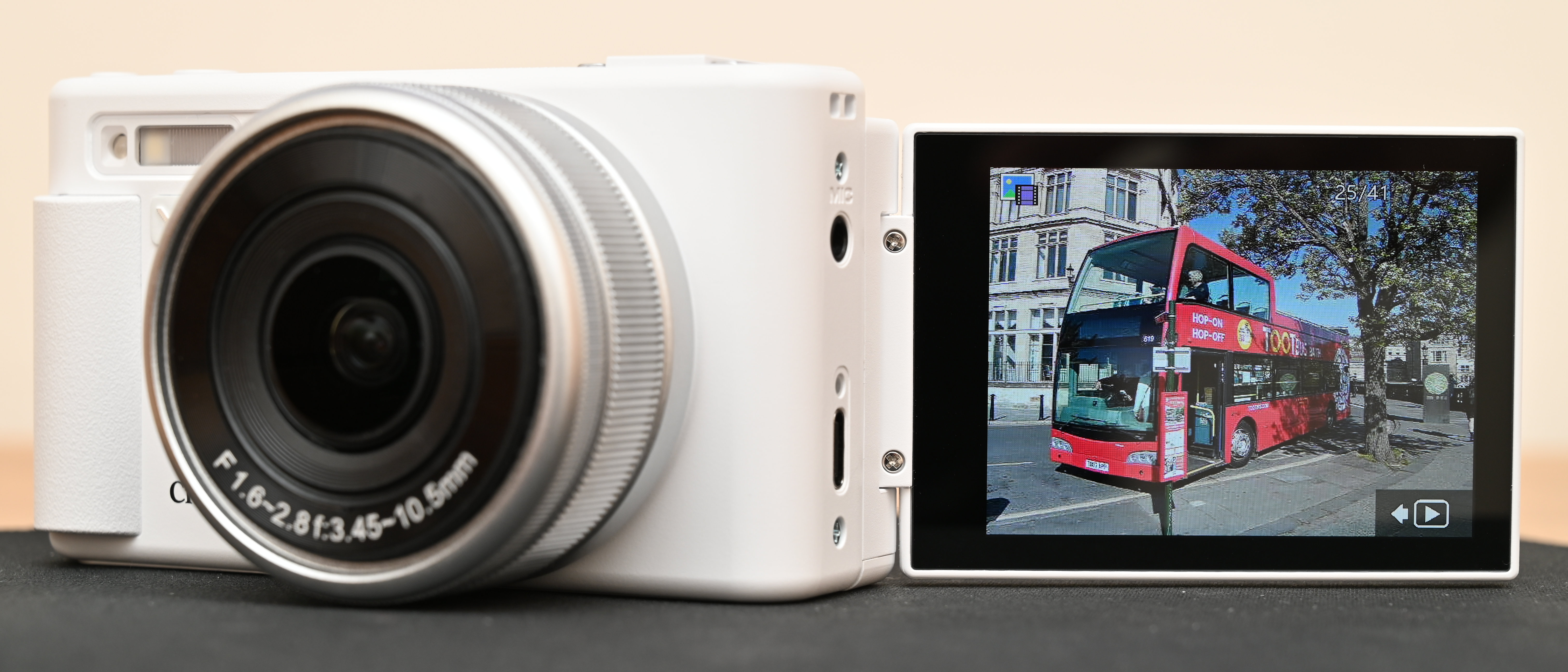Digital Camera World Verdict
Shorter, slimmer and less than two-thirds the weight of the directly competing Sigma 105mm f/1.4 DG HSM Art, the Nikon has an identical focal length and aperture rating. It’s more manageable for handheld shooting although the purchase price is more difficult to swallow. It’s a more high-tech affair than the Nikon AF-S 85mm f/1.8G and Nikon AF-S 85mm f/1.4G but the Sigma 105mm still has the edge for beautiful bokeh.
Pros
- +
Super-tight depth of field
- +
Lovely bokeh
- +
Excellent build quality
Cons
- -
Quite heavy at almost a kilo
- -
Expensive to buy
Why you can trust Digital Camera World
The Nikon AF-S 105mm f/1.4E ED is designed and engineered with bokeh in mind. In the context of portraiture, you can have sharpness for a single eye and even the eyelashes will be blurred. You’re best off shooting with a tripod, for the sake of focusing accuracy, at which point the competing Sigma 105mm Art lens is better poised, as it comes complete with a tripod mounting collar which keeps everything nicely balanced in portrait-orientation shooting.
Specifications
Mount: Nikon F (FX)
Full-frame: Yes
Autofocus: Yes
Stabilization: No
Lens construction: 14 elements in 9 groups
Angle of view: 23.2 degrees
Diaphragm blades: 9
Minimum aperture: f/16
Minimum focusing distance: 1.0m
Maximum magnification ratio: 0.13x
Filter size: 82mm
Dimensions: 95x106mm
Weight: 985g
Key features
The optical path is top of this lens’s feature list, enabling a 105mm telephoto focal length with a super-fast f/1.4 aperture. That calls for large-diameter glass elements and high-end precision. Whereas the Nikon AF-S 85mm f/1.8G and AF-S 85mm f/1.4G have no ED (Extra-low Dispersion) elements, the 105mm boasts three of them, helping to keep unwanted aberrations at bay as well as boosting clarity.
As with the AF-S 85mm f/1.4G, Nano Crystal Coat is applied to minimize ghosting and flare. A fluorine coating is also applied to the front and rear elements, to repel moisture and greasy fingerprints, as well as making them easier to clean.
Autofocus is based on a ring-type ultrasonic system which is fast and whisper-quiet. However, due to the tiny depth of field when shooting at close range at f/1.4, accuracy is more consistent with a mirrorless Z-system camera than with a DSLR. For consistent aperture control even during high-speed continuous drive mode, there’s an electromagnetically controlled diaphragm. The 9-blade design helps to maintain good bokeh when stopping down a little.
Performance
The quality of defocused areas is arguably more important that outright sharpness with this class of lens. Either way, levels of sharpness across the frame are both very good and very similar to those from the competing Sigma 105mm Art lens. Again, bokeh is beautiful but marginally less smooth than from the Sigma, with slightly more longitudinal/axial chromatic aberration in evidence. Also known as ‘bokeh fringing’, this is the appearance of colored fringes around high-contrast transitions just in front of and behind the point of focus.
Lab results
We run a range of lab tests under controlled conditions, using the Imatest Master testing suite. Photos of test charts are taken across the range of apertures and zooms (where available), then analyzed for sharpness, distortion and chromatic aberrations.
We use Imatest SFR (spatial frequency response) charts and analysis software to plot lens resolution at the center of the image frame, corners and mid-point distances, across the range of aperture settings and, with zoom lenses, at four different focal lengths. The tests also measure distortion and color fringing (chromatic aberration).
Sharpness:

As is often the case with super-fast lenses, the mostly excellent levels of sharpness drop off quite noticeably when shooting wide-open, but the Nikon remains very impressive even at f/1.4.
Fringing:

Lateral chromatic aberration is very negligible but longitudinal/axial chromatic aberration can be noticeable when shooting at very wide apertures.
Distortion: 1.03
There’s a touch of pincushion distortion but it’ll generally go completely unnoticed even when uncorrected, especially in portraiture and still life photography.
Verdict
Shorter, slimmer and less than two-thirds the weight of the directly competing Sigma 105mm f/1.4 DG HSM Art, the Nikon has an identical focal length and aperture rating. It’s more manageable for handheld shooting although the purchase price is more difficult to swallow. It’s a more high-tech affair than the Nikon AF-S 85mm f/1.8G and Nikon AF-S 85mm f/1.4G but the Sigma 105mm still has the edge for beautiful bokeh.
Read more:
• Best camera lenses to get
• Best Canon lenses
• Best Nikon lenses
• Best Sony lenses
Matthew Richards is a photographer and journalist who has spent years using and reviewing all manner of photo gear. He is Digital Camera World's principal lens reviewer – and has tested more primes and zooms than most people have had hot dinners!
His expertise with equipment doesn’t end there, though. He is also an encyclopedia when it comes to all manner of cameras, camera holsters and bags, flashguns, tripods and heads, printers, papers and inks, and just about anything imaging-related.
In an earlier life he was a broadcast engineer at the BBC, as well as a former editor of PC Guide.


